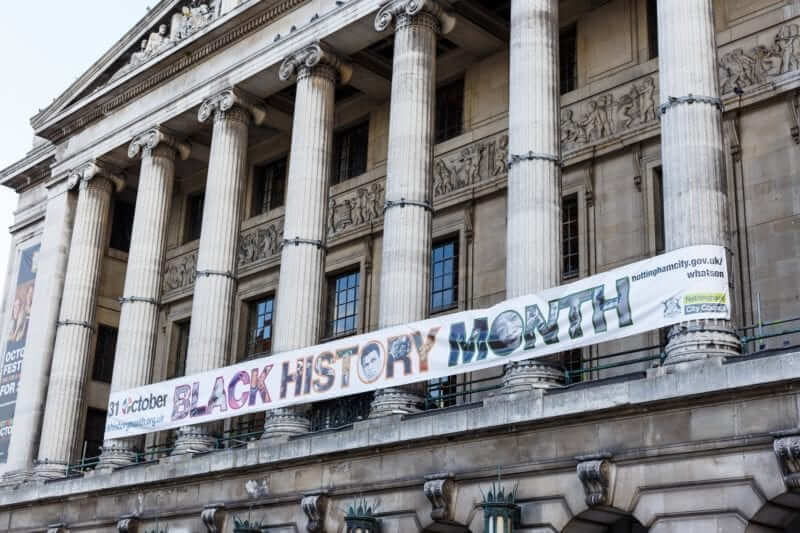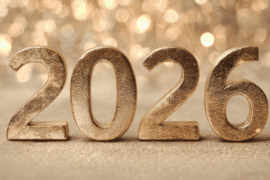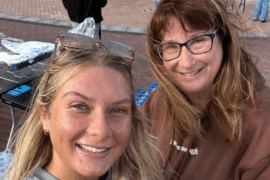8 Great Ways for NJ Teachers to Celebrate Black History Month
This February, to celebrate Black History Month, NJ educators have an abundance of great ways to recognize the contributions of African Americans from the Garden State as well as so much of the rich cultural history that has transpired right here in New Jersey. From curriculum resources addressing Black history to historical sites and museums, the following list contains some ready-at-hand ways to enrich your teaching now and throughout the year.
1. Learn About New Jersey’s role in the Underground Railroad
While the Underground Railroad is an important part of black history often taught in classrooms, there are many opportunities to connect this part of history to locations right here in the Garden State. In Lawnside, NJ, you are invited to visit the Peter Mott house, a location on the Underground Railroad. Peter Mott was a farmer and “conductor” in the early 1800s. To learn more about his role in the emancipation of slaves, visit the Lawnside Historical Society’s website. You can visit on Saturdays from 12-3 pm or on weekdays by appointment.
You can read more about New Jersey’s role in the Underground Railroad on NJ.com, and from Women History Blog.
2. Learn About the Music of The Harlem Renaissance.
Check out the Kennedy Center’s “Musical Harlem” lesson plan to teach elementary school students about the Harlem Renaissance and 1920s Jazz in New York City. Click here for the full lesson plan.
This lesson plan includes song clips and information about musical instruments sure to keep your kids engaged.
3. Listen to Martin Luther King Jr.’s “I Have a Dream” Speech.
Engage your students with the legacy of Dr. Martin Luther King Jr. by encouraging them to listen to his “I Have a Dream” speech and create their own inspired pieces. Here are some New Jersey library events in 2025 where they can further explore and honor Dr. King’s vision:
Dr. King Read-In & Luncheon: Hosted by the Atlantic City Free Public Library on January 20, 2025, this event features guests reading Dr. King’s speeches, followed by a free catered lunch. Registration is required.
MLK Day: A Day of Service at the Library: The Chatham Library invites the community on January 20, 2025, to pack snack bags for those in need, embodying Dr. King’s spirit of service.
4. Visit the African American Heritage Museum of Southern Jersey
With locations in Newtonville and Atlantic City, the African American Heritage Museum of Southern New Jersey has several permanent art and history exhibits, such as “Stereotypes: From Little Black Sambo to Aunt Jemima and Beyond” and “Portraits of a People.” It also displays the work of local African American artists.
If a visit to the museum itself isn’t in the cards, the AAHMSNJ offers the Traveling Museum, an “entertaining and interactive experience with curricula specially tailored to schools and non-profit organizations.” You can choose from three different presentations (one is on Civil Rights in New Jersey) and schedule a visit to your school by contacting them or completing their EXHIBIT REQUEST FORM to schedule your in-house exhibit.
5. Teach Middle School Students About Revered American Poet Langston Hughes
Langston Hughes is one of the country’s greatest poets, and you can educate your students on him by using EDSITEment’s lesson plans, dubbed “The Poet’s Voice.”
With interactive writing activities that include journaling, and culminate in a final assignment that asks students to write a short poem in their own voice, these lesson plans offer insight into poetry analysis as well as the struggle of African Americans in the United States.
6. Visit the Afro-American Historical Society Museum in Jersey City.
Located in the Greenville Public Library in Jersey City, the Afro-American Historical Society Museum is home to historical documents pertaining to African American History. Founded by Captain Thomas Taylor, the committee is dedicated to “keeping our culture in focus” through “research, collection, preservation and exhibition of Afro-American history and culture.”
7. Teach Your Students About (and listen to!) Red Bank’s Own Count Basie.
The first African American to win a Grammy, Count Basie is one of the most famous names in jazz music. A pianist, bandleader, and composer, Basie is responsible for classics such as “Blue Skies” and “One O’Clock Boogie.” After attending high school in Red Bank, Basie moved to New York City, where he contributed the legendary music scene of the Harlem Renaissance. Read about his life and work here.
8. Learn About the Paintings of Jacob Lawrence, a New Jersey Native
Jacob Lawrence (1917-2000) “chronicled the story of black life in America.” He is most well-known for a series of paintings, “The Migration of a Negro.” His paintings are a great jumping off point from which to talk about the mass relocation of African Americans known as “The Great Migration.” Lawrence was the first African American artist to have his work acquired by the Museum of Modern Art.
Read about his life and work on MoMA’s website.






